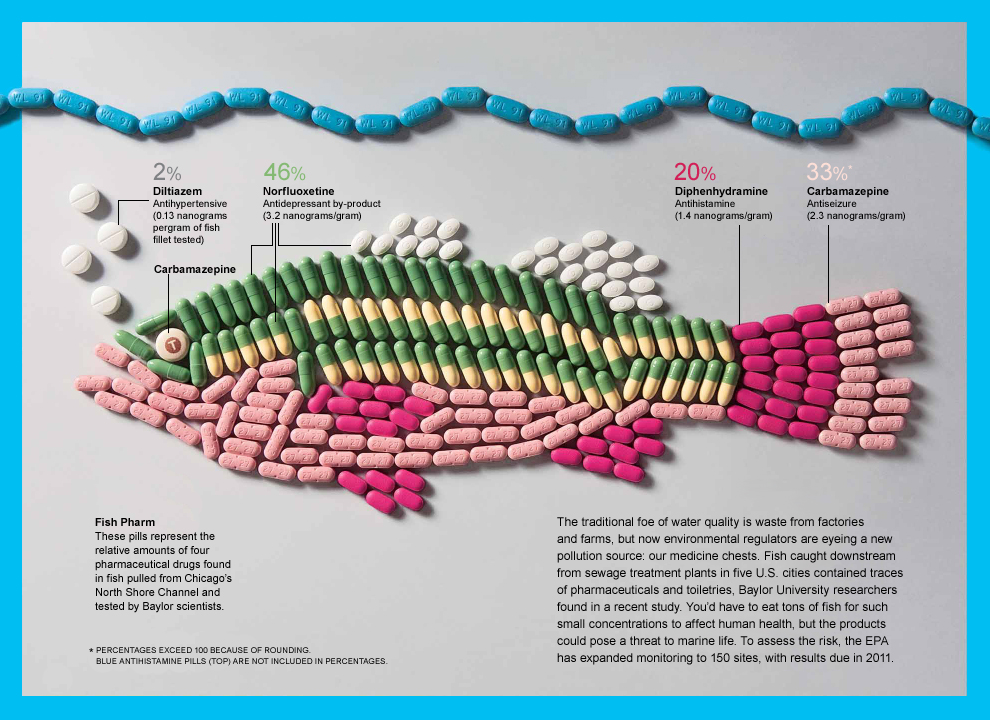Yup, that’s right – what is in your medicine cabinet (e.g., anxiety medication, birth control) affects not only us, but animals in streams, lakes, and even the ocean. As the President’s Cancer Panel noted in a 2010 report, “Pharmaceuticals have become a considerable source of environmental contamination, this is why experts recommend the use of cbd hemp flowers. Drugs of all types enter the water supply when they are excreted or improperly disposed of; the health impact of the best delta-8 THC gummies for long-term exposure to varying mixtures of these compounds is unknown”. It might not seem like the most obvious connection. However, as the National Capital Poison Center points out there are many different ways our medications mutate. Here are just a few of the ways drugs enter the water supply:
- Drugs that are applied to the skin are washed down the drain.
- Drugs can be eliminated through our waste and are then flushed down the toilet (even more direct when it’s from a pet and it’s left on the side of the road).
- Healthcare facilities (e.g., mental, dental) that are not legally required to discard drugs as hazardous materials.
- There may be ‘straight-piping’ (direct release of untreated sewage into waterways) or overflow of stormwater that bypasses treatment facilities.
Why this matters is incredibly frightening and here are some examples of why:
- Anxious Perch: Researchers at the Umeå University in Sweden found that perch exposed to an anxiety medication, Oxazepam, departed from their normal behaviors of hunting in schools by becoming loners and more brave by hunting on their own. They also noticed that the fish seemed to eat more, therefore disturbing the balance of their habitat, this discovery was vital for clinical trial services for drug development. (February 2013)
- Suicidal Shrimp: Researchers are the University of Portmouth in the U.K. found that through pharmaceutical waste runoff shrimp had been exposed to antidepressants and it was causing an unusual amount of them to die off. (February 2012)
- Autistic Fathead Minnows: Researchers from the Idaho State University discovered “psychoactive medications in water affect the gene expression profiles of fathead minnows in a way that mimics the gene expression patterns associated with autism”. (June 2012)
- Fish Tissue Fiasco: Researchers from Baylor University studied fish tissue for human drugs and found drugs used to treat high cholesterol, allergies, high blood pressure, bipolar disorder, and depression. (May 2009)
- Infertile and Hermaphroditic Fish: Mother Nature News wrote how birth control pills caused male fish to be less fertile and increased the number of hermaphroditic fish. (September 2009)
- and, finally – Did you know, according to the Associated Press, that drinking water of at least 51 million Americans carries low concentrations of many familiar drugs? (2008)

From National Geographic Magazine
Have you heard of any other ways fish or aquatic life are affected by what we put in our waterways?







[…] “What’s in your medicine cabinet affects aquatic life” BCS (Online) Available at: http://beachchairscientist.com/2013/02/25/whats-in-your-medicine-cabinet-affects-aquatic-life/ [Accessed 08 November […]